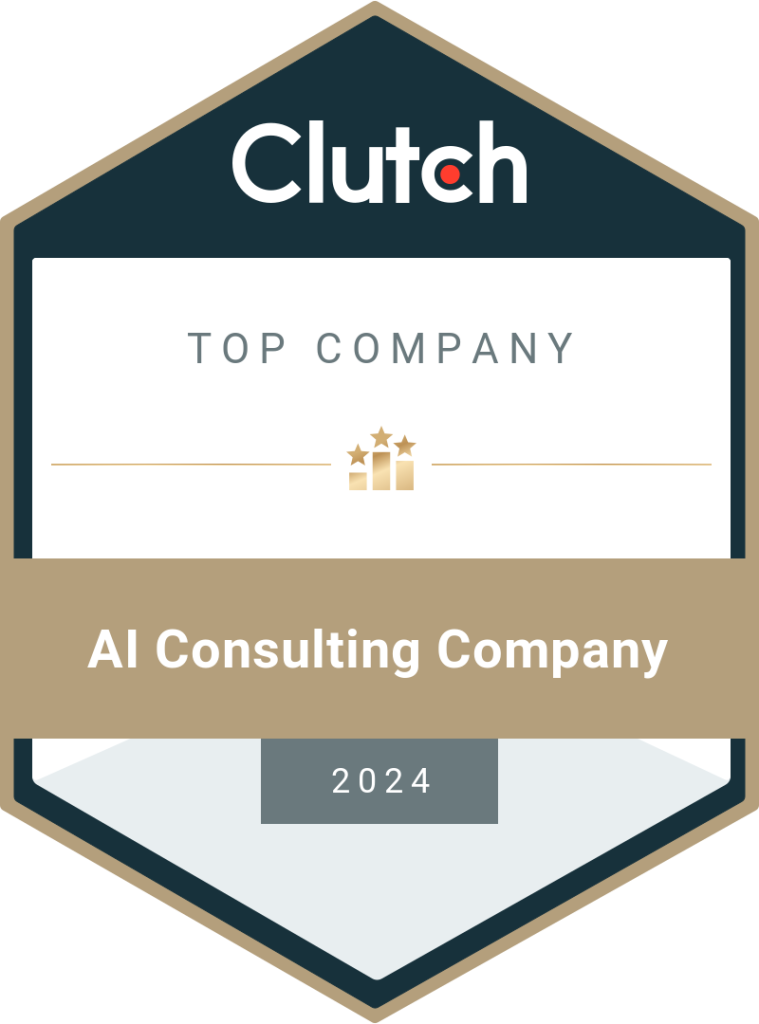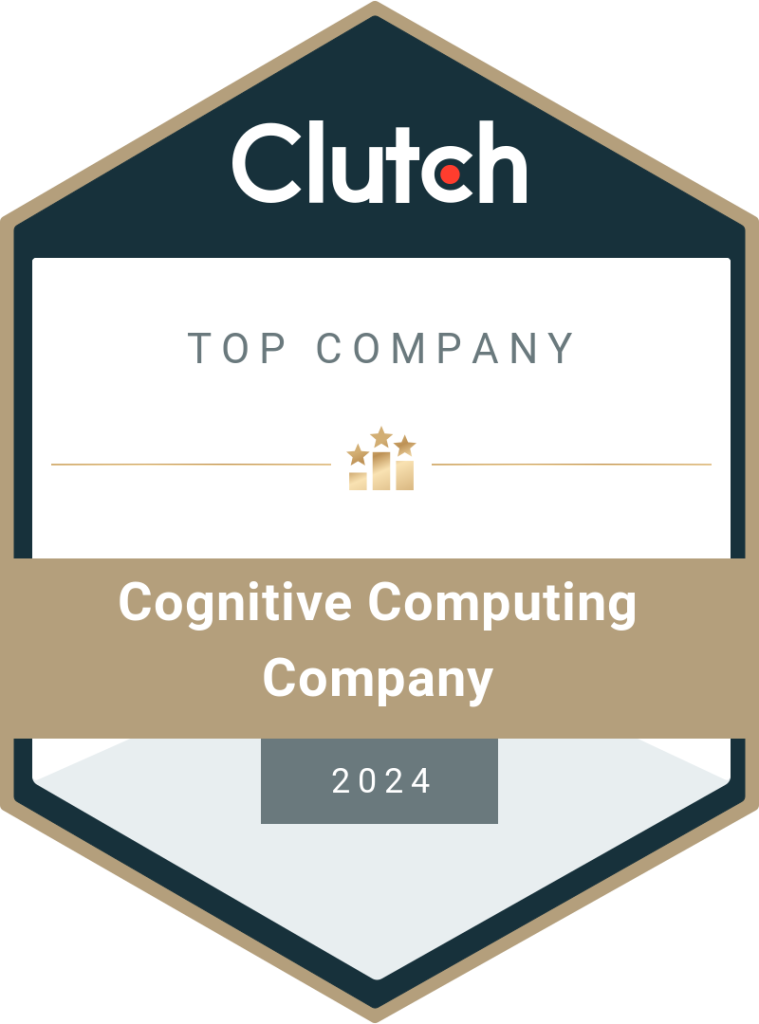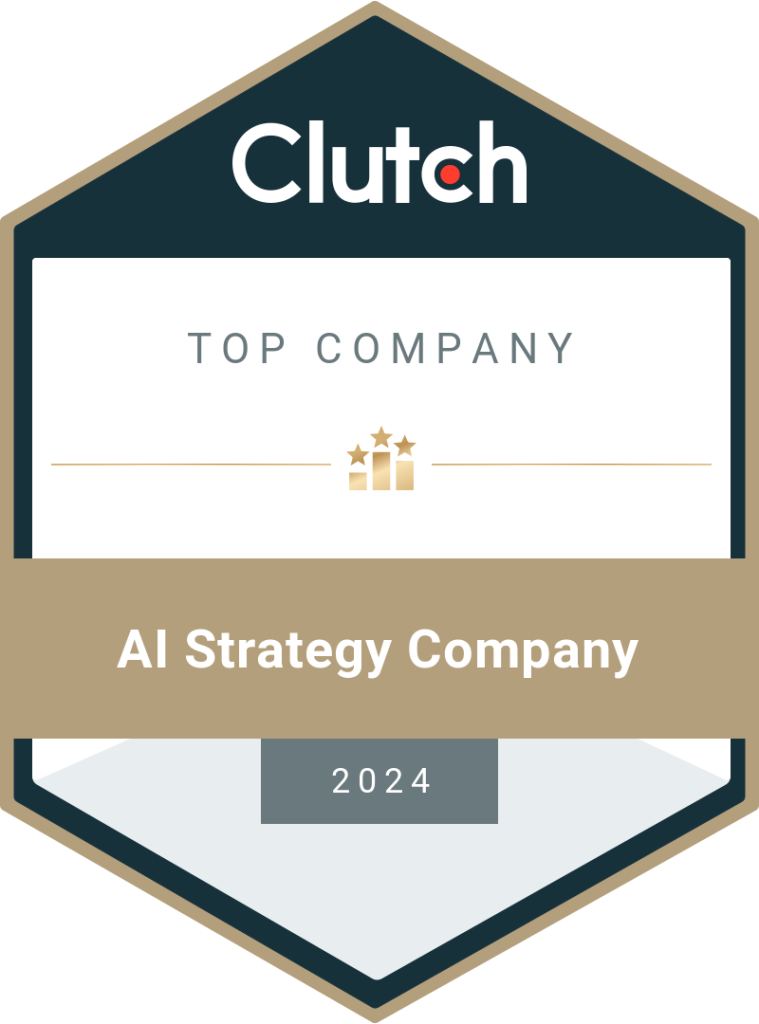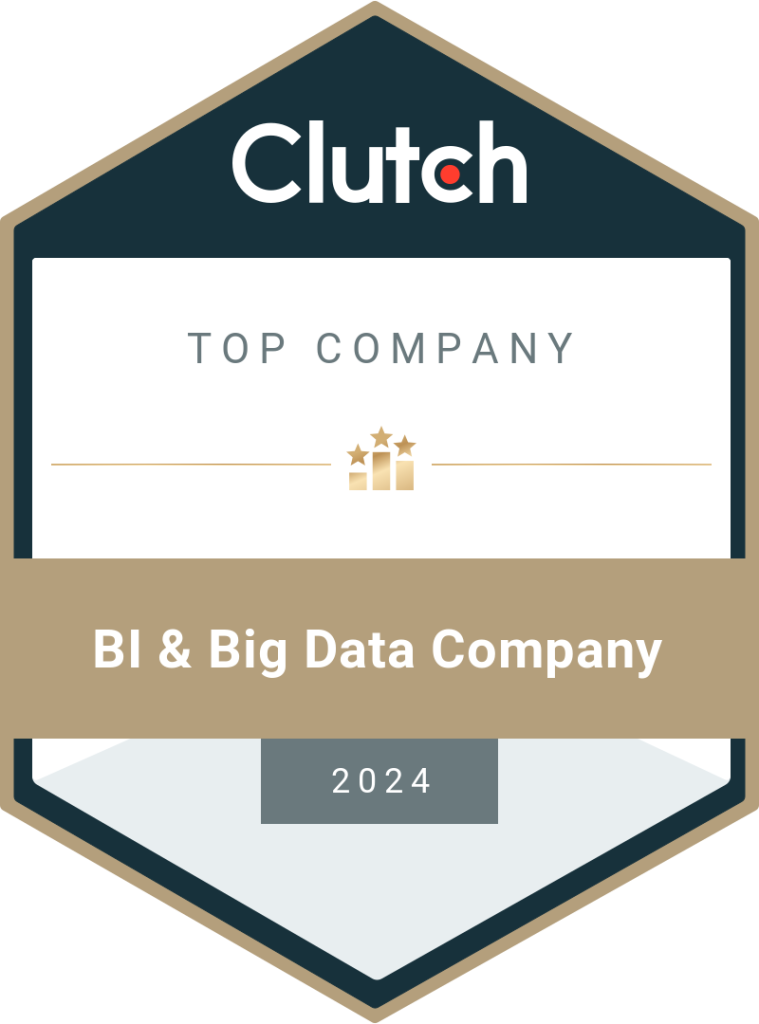Artificial Intelligence Insurance Companies – Top 10 Leaders
The insurance industry uses AI technologies to automate tasks, accelerate claim processing, detect fraud, and increase customer satisfaction. Here, we’ll discuss the ten best artificial intelligence insurance companies to partner with and streamline your business operations. Artificial intelligence is revolutionizing every industry by introducing new tools and processes to explore each business’s potential. Statistics show that the global AI market size was $196.63 billion in 2023 and is expected to grow at a CAGR (compound annual growth rate) of 36.8% to reach $1811.8 billion by 2030. AI in the insurance industry is also used for automation, analytics, fraud detection, and many other purposes. The COVID-19 pandemic resulted in faster adoption of artificial intelligence by businesses, as it allowed them to work remotely and continue their operations despite the challenges. From underwriting to claim processing, can many processes in the insurance industry be enhanced using artificial intelligence? But what does AI stand for in insurance? How does it impact the industry? What are the top artificial intelligence insurance companies to partner with? Let’s find out in this blog. Top 10 Artificial Intelligence Insurance Companies The right AI partner can strengthen the insurance company in many ways and increase its ROI. Here’s a list of artificial intelligence companies that cater to clients from the insurance industry. DataToBiz DataToBiz is one of the leading artificial intelligence insurance companies with a presence in many continents like Asia, North America, South America, Africa, the Middle East, Australia, etc. It offers end-to-end digital transformation and artificial intelligence solutions tailored for varied business requirements. It works with startups and global businesses from insurance, finance, banking, healthcare, travel, hospitality, manufacturing, logistics, surveillance, education, retail, and eCommerce industries. The award-winning service provider offers flexible solutions like AI as a service (AIaaS), consulting services, staff augmentation, etc., to help insurance companies choose the best business model to streamline their processes. DataToBiz has helped many insurers unlock the full potential of their data to make data-driven decisions, save costs, and attract more clients by customizing policy plans. Be it platform creation or data engineering, the AI services company takes care of everything. Clutch Ratings: 4.8 stars Markovate Markovate offers AI consulting services and cutting-edge tech solutions that fuel innovation in businesses. It works with organizations from the insurance, finance, retail, healthcare, travel, fitness, SaaS, and other industries to achieve their goals. The company has a presence in the US, Canada, and India. It provides a range of customized solutions for businesses to overcome various challenges, adopt new technologies, bridge the talent gap in their enterprises, and increase customer base. Markovate builds and tailors AI algorithms to suit the diverse requirements of insurance companies and aids with robust financial management. It offers solutions like AI-infused accounting apps, AI-optimized wallet apps, intelligent insurance apps, and so on. The company combines different technologies to create a unique and reliable solution for clients to gain a competitive edge. Clutch Ratings: 5 stars Tensorway Tensorway is one of the best artificial general intelligence companies that provide well-trained AI/ ML/ DL models to help businesses benefit from advanced technologies. With a headquarters in Spain, the company works with clients from different regions. It has a presence in industries like insurance, healthcare, real estate, finance, oil & gas, manufacturing, education, etc. The company has a Whitelabel solution for insurance companies to reduce paperwork and increase their efficiency. The tool helps with data extraction and is built on artificial intelligence to quickly and seamlessly process claims and clear payments. It aims to reduce document duplication and eliminate unwanted steps from recurring processes. Tensorway calls itself an environment where businesses can achieve unimaginable results by investing in AI solutions. It is among the top-rated AI solution providers in Spain. Clutch Ratings: 5 stars Azati Software Azati offers AI development services along with DevOps, outsourcing, and other solutions. It has offices in Poland and the US and handles a client base with businesses from various regions. The company builds custom software apps with AI capabilities for organizations from the insurance and real estate industries. It also focuses on bioinformatics and human resources. Insurers can opt for service-level solutions, tailored solutions, or full-scale R&D support based on their requirements. Azati has tools to optimize the data extraction process and streamline online submissions (new applications, claims, verifications, etc.). It has built self-servicing portals for insurance companies to provide full transparency to their customers about their claims, payouts, fees, etc. It also has a powerful ML model for underwriting to save time for experts and reduce risk factors. Clutch Ratings: 4.9 stars InData Labs InData Labs is among the well-known artificial intelligence insurance companies offering custom solutions to businesses to use the latest technology. It has a headquarters in Cyprus with two branches in the US and Lithuania. The company focuses on finance, insurance, logistics, eCommerce, IoT, digital health, marketing, and advertising industries. It has been helping many businesses understand how AI and analytics can improve processes across different departments. The company builds tailored analytical solutions for predicting and detecting fraudulent transactions, analyzing credit scores and risk levels, and studying customer behavior to improve the retention rate. InData Labs also has an ML-powered tool with OCR capabilities to capture and retrieve large amounts of data efficiently through automation. With the NLP-based tools, insurance companies can use sentiment analysis to provide tailored policies for their clients. Clutch Ratings: 4.9 stars SoluLab SoluLab is a software development and blockchain service provider in the global market offering solutions to adopt AI in insurance industry. It has expertise in healthcare, education, logistics, transportation, retail, oil & gas, wellness, etc. The company has its offices in India, the US, and the UK with clients from around the world. It provides next-gen IT solutions through AI, ML, blockchain, analytics, and app development services. SoluLab promotes the adoption of blockchain technology in the finance and insurance industry to handle KYC and AML challenges with greater transparency and accountability. It works with public and private blockchains to suit the client’s needs.
Read More





